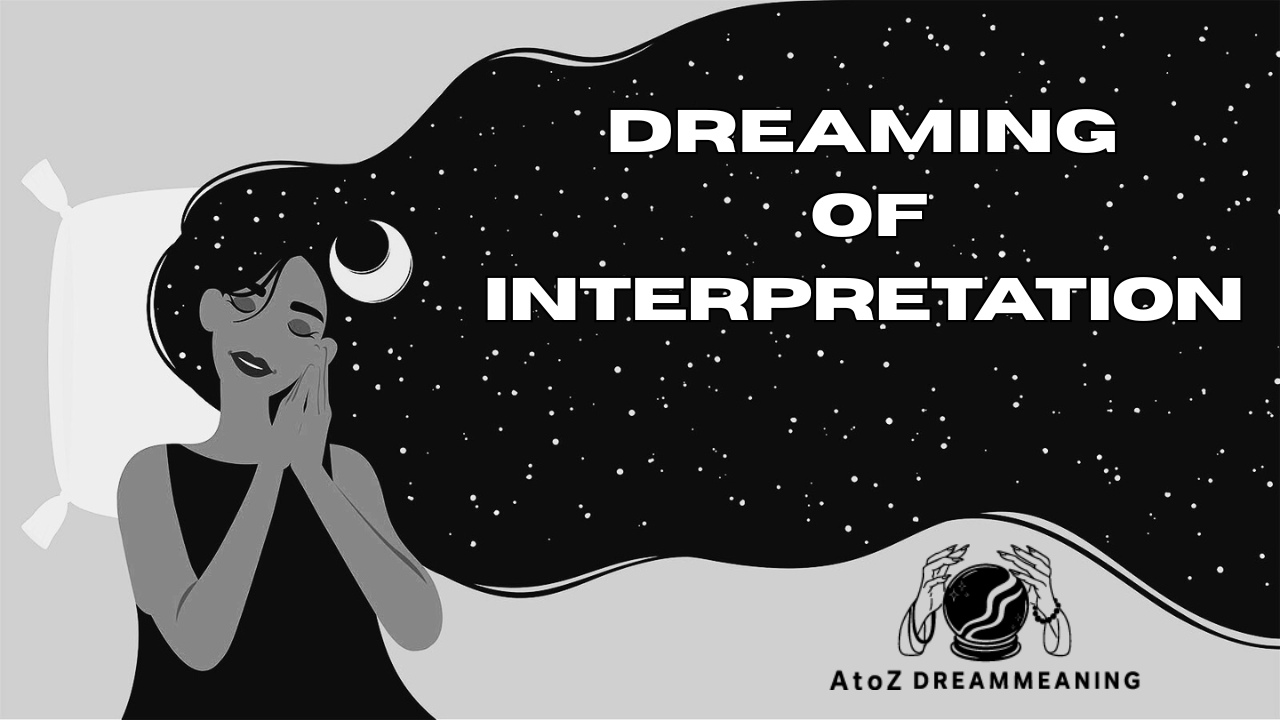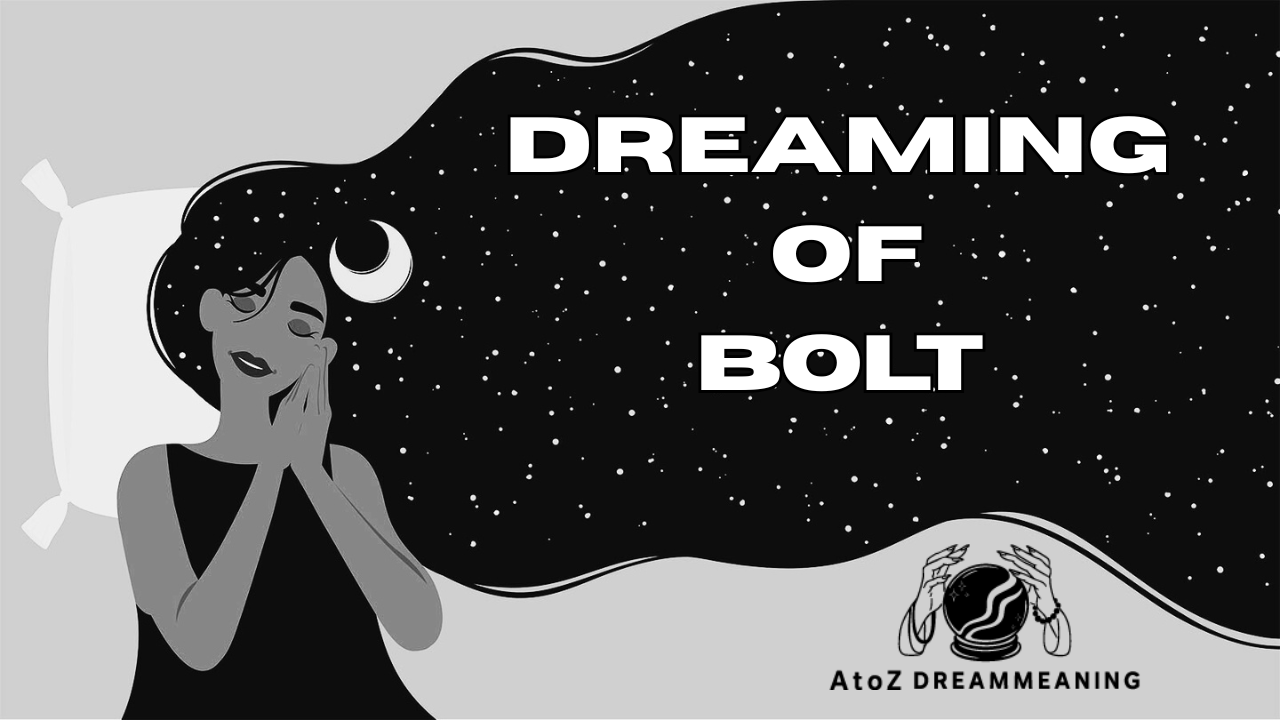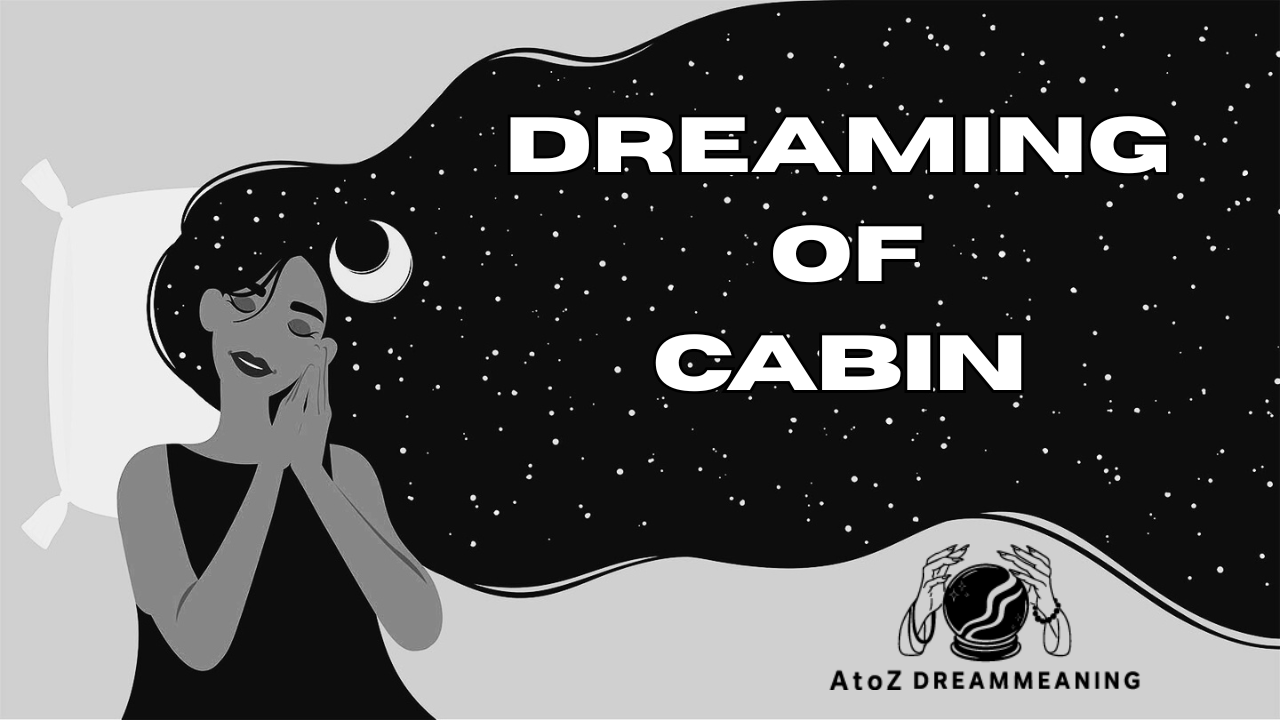Since they are frequently dismissed as passing thoughts, daydreams are frequently neglected and disregarded aspects of dream research. The subject matter of your daydreams isn’t given enough attention. Your daydreams can, however, also be understood in terms of the meanings of your nightly dream symbols.
Additionally useful for realizing your true emotions and achieving goals, daydream content can help you. When you are half awake, you daydream. It involves the spontaneous creation or recall of various past or present experiences or images. Your imagination is given free rein, which you allow. Your right brain—the imaginative and feminine side of your personality—is what you use when you daydream.
Daydreams are frequently perceived as having a whimsical quality. Silly fantasies and wishful thinking they are. It’s possible to define worrying as a type of daydreaming. When you worry, you’re picturing a bad or unwanted outcome of a circumstance. If you keep replaying these unfavorable scenarios, you are likelier to bring them about. The next time you begin to worry, make an effort to envision a happy outcome.

You can use repetition in your mind as a tool to your advantage and make good things happen, just as your unsettling daydreams may unintentionally come true through it. You can use daydreaming to visualize the outcomes you desire and hope to achieve. It’s rumored that many performers, businesspeople, and athletes use their dreams to visualize success.
They anticipate or visualize pulling off the ideal jump, sealing the deal, or recording that smashes hit. One golfer who has advocated using daydreams to enhance performance is Tiger Woods. You can use daydreaming to accomplish something as simple as studying for and passing the upcoming exam or finding that dream job.
Why is Dreaming Beneficial to You?
The modern world has become increasingly hurried. Ideas and information are constantly bombarding us. Because so many of us now work from home, the line between work and rest has also blurred. Burnout or fatigue may result from this constant grind. So daydreaming is a tried-and-true way to unwind and relax your brain from constant stimulation.
The main advantage of daydreaming is creativity. In addition to creative output, there is a scientific link between daydreaming and increased creativity. It has been demonstrated that daydreaming helps with non-creative problem-solving. This functions by forming new neural connections in your brain.
Daydreaming is beneficial. It provides a short-term diversion from the demands of reality. Additionally, it is an effective way to let out pent-up resentments without actually acting them out. You worry too much about your job, family, finances, relationships, etc. It allows you to disconnect from the outside world and reflect on what might have or ought to have happened. Stress is reduced, attitudes are improved, creativity is encouraged, and the mind, body, and spirit are refreshed.
The effectiveness of conscious versus unconscious daydreaming is a debate among researchers. There is a positive correlation between creativity and controlled thought, as well as a link between the phenomenon of multitasking and getting sidetracked by daydreaming.
You can suppress habitual associations and think deeply about problems by engaging in purposeful daydreams or thoughts. Although this way of thinking might not always encourage creativity, it can be useful when engaging in the creative process.
The two types of daydreaming might seem incompatible. But it’s crucial to comprehend the role that both intentional and accidental daydreams play in the bigger picture of creativity. It is possible to think of creativity as a complex collection of procedures that combine numerous ways of thinking. These consist of the following:
- Insight
- solving problems analytically
- judicious encoding
- Information reorganization
Sadly, research on the extraordinarily complex brain mechanisms involved in creativity and daydreaming is still ongoing. Unintentional daydreaming or intentional daydreaming both have the potential to increase creativity, but it is impossible to say which is more potent. However, both types of daydreaming provide different ways of thinking, so combining them can be beneficial. As a result, they both help you arrive at insights—creative or otherwise—more effectively.
Related: Seeing Male Private Parts Dream Meaning
Types of daydreams

There are positive and negative aspects to various types of daydreaming. It has been demonstrated to increase creativity, motivation, and day-to-day effectiveness. It has been demonstrated that the same daydreams can increase stress, sap motivation, and foster unrealistic expectations.
How is this even possible? Daydreaming about the future can both inspire and demoralize you when it comes to motivation!
How various forms of daydreaming affect various subjects
Planning
Probably the most common form of daydreaming is planning. Although some people might not think of such, daydreaming is defined in a technical sense as shifting consciousness away from external stimuli. You don’t pay attention to what is happening around you when you are planning what you will do.
Since planning is a necessary human skill, it is also a good place to start. I’m going to use the straightforward task of organizing your day as an example of this.
Plans for the Future
The second most common type of daydreaming is likely future thinking. As humans, having this ability is a great asset. Before deciding to take a certain course of action, we can test it out for a while. I will use your upcoming trip to Thailand as an example in this paragraph.
A Reminder of the Past
Our third and final destination for our minds to stray is the past. Although this one is a little more difficult to understand in terms of its practical evolutionary value, it is still a fantastic learning activity. If we didn’t have our past experiences to draw on, the trips into the future probably wouldn’t be very useful. We’ll go back to when you wrecked your dad’s car because I want to use something slightly more negative in this situation.
Related: Miscarriage Dream Meaning



